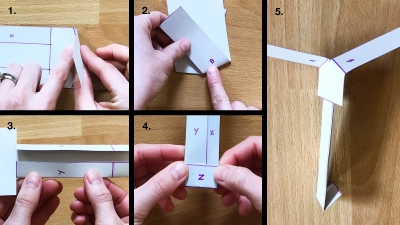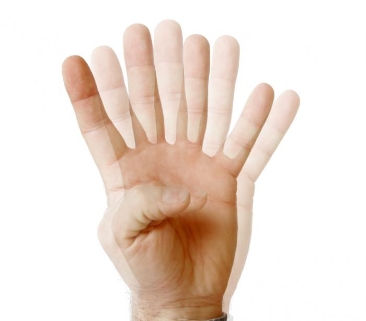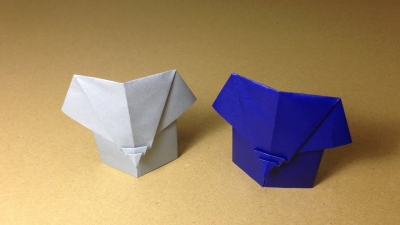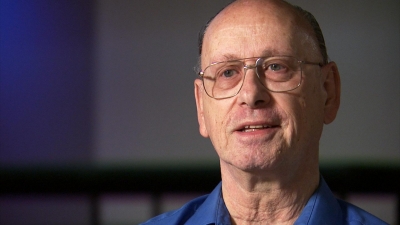Who was Virginia Apgar?
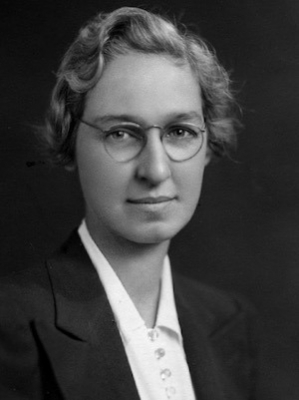
Virginia Apgar was an American physician, who developed the Apgar Score System, a method employed in hospitals around the world to quickly evaluate the well-being of newborns. Apgar scoring has helped decrease infant mortality to a great degree. Virginia Apgar was born as the third child and raised in Westfield, New Jersey. Her older brother died early from tuberculosis, and her younger brother had a chronic illness. This perhaps strengthened her determination to become a doctor. She graduated with a degree in zoology in 1929 from Mount Holyoke College. Along with studies, she learnt violin, played sports, acted in plays and wrote for newspapers. Apgar graduated from Mount Holyoke College in 1929 and from the Columbia University College of Physicians and Surgeons in 1933. She joined as the anaesthesiologist at Bellevue Hospital, New York City, in 1935. Anaesthesiologists are doctors who specialise in giving patients anaesthesia, a medicine which controls pain during surgery. In 1937, she became the first female board-certified anaesthesiologist.
Apgar also became the first woman to head a specialty division at Columbia-Presbyterian Medical Center and Columbia University College of Physicians and Surgeons.
She was appointed a director of obstetric anaesthesia, and researched the effects of maternal anaesthesia on newborns and how to lower neonatal mortality rates. In 1952, she formulated the Apgar Score as a way to assess how well a baby has endured delivery. It was published in 1953, and today is still administered worldwide.
What's Apgar score?
Apgar score is administered within the first few minutes of a baby being born. The baby is quickly assessed and scored against five simple criteria namely Appearance, Pulse, Grimace, Activity, Respiration (backronym of APGAR). A score above 7 is normal, from 4 to 6 is considered fairly low and a score below 3 may indicate that the newborn needs medical attention. Teratology Apgar was also a name to reckon with in the teratology (a study of birth abnormalities) field of medicine.
She joined the National Foundation-March of Dimes in 1959, where she remained employed until her death in 1974. In 1972, Apgar co-authored a book called 'Is My Baby All Right?' with Joan Beck. It explains the causes and treatments of a range of birth defects.
Virginia Apgar was inducted into the National Women's Hall of Fame in 1995.
Picture Credit : Google

